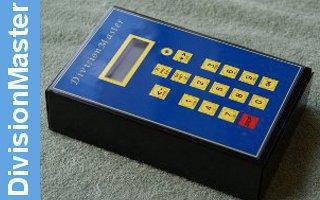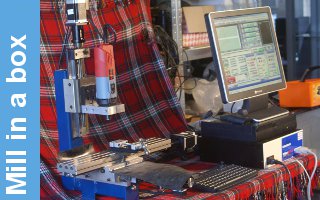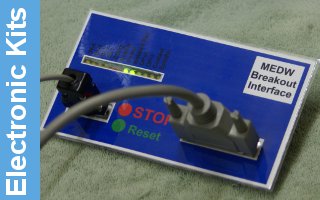HRP Forming Tubeplates
Forming of the boiler plates is fairly straightforward, especially if you have metal formers on which to carry this out, although good hard wood will suffice quite adequately. Briefly the method is to anneal the copper by bringing it up to red-heat, and plunge it into cold water, although this does not make it any softer. After which you beat the plate over the former, working generally round the whole of the edge and not bringing any one point in further than another, then subsequently carrying out several more annealings and beatings until the plate eventually comes right down to the required position. It cannot be over emphasized here that the quickest way to achieve results is to saw or mill away all surplus copper at the earliest possible convenience, thus you will not be attempting to form metal that will not be part of the finished plate on completion; your results must therefore be quicker. Always form the plates first and machine the tube holes, etc., afterwards. All circular plates, such as the front tubeplate are best skimmed over in the lathe; the action of forming a flat plate of copper into a flanged tubeplate naturally results in the copper having to reside in a smaller space at completion and thus the edge of the plate is always thicker, therefore it is usually necessary to machine this edge both round and to a size where it will readily enter into the main boiler tube. Generally speaking, a straight tubeplate, such as the Burrell and Fowler engines employ, can be skimmed by simply opening the chuck jaws against the inside edge of the flange and then machining the O.D. in light cuts. However, with angled tubeplates such as in the Wallis & Steevens roller, it is necessary to carry out this machining on the former with the aid of a pad, and utilising the tailstock. The effect is quite startling but never the less efficient (see drawing No. 1):








